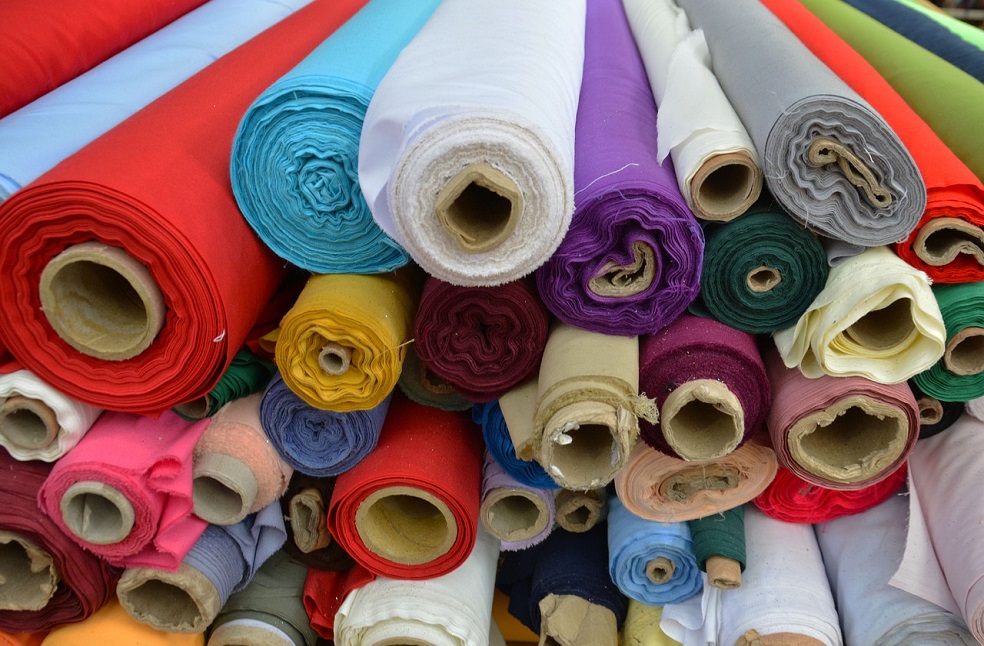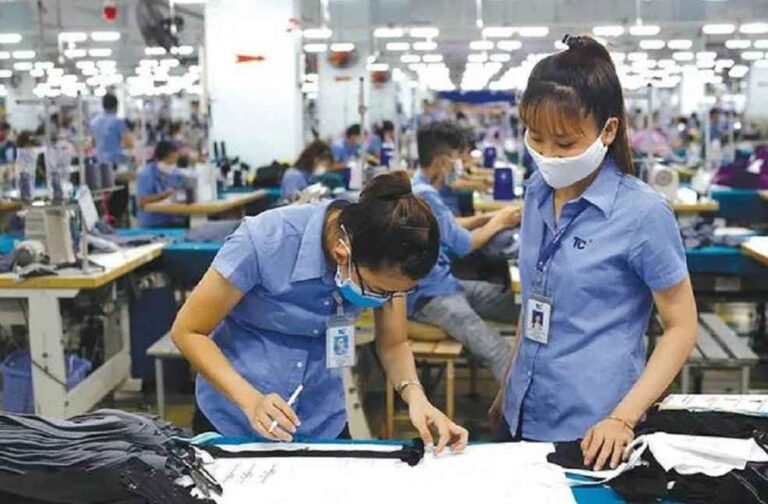Vietnam’s Textile and garment industry, standing as the third-ranked exporter to Canada, is poised for a significant market expansion in North America. Commanding a 12% share of Canada’s textile imports, this sector is strategically positioned for growth, thanks to the Comprehensive and Progressive Agreement for Trans-Pacific Partnership (CPTPP).
Recent textile showcases in Canada witnessed the prowess of Vietnamese enterprises like Vietnam Export Garment (VEG) and Thái Sơn Co. These entities displayed adherence to CPTPP’s origin principles. Trần Thu Quỳnh, a Trade Counsellor at the Vietnamese Embassy in Canada, emphasized these companies’ capacity for producing their own fiber materials. Yet, the utilization of CPTPP via domestic material localization stands at a mere 50%.

Nguyễn Quang Minh, Director of VEG, unveiled the firm’s ambitious North American expansion plans. With nearly $10 million in exports to the US market in 2023, VEG aims to establish branches in Canada, capitalizing on advantageous tax conditions. The company’s recent foray into reflective T-shirt production, augmenting its protective workwear collection, signals a strategic pivot to cater to diverse market needs in North America.
Vietnam’s textile exports to Canada, approximating $1.1 billion, are minimal compared to Canada’s annual $13-$15 billion demand. A pivotal challenge is the compliance with CPTPP’s material origin principles by domestic firms.
Bob Kirke, President of the Canadian Apparel Federation, critiqued the CPTPP’s textile regulations, formulated when the US was a negotiating participant. He advocated for a bilateral free trade agreement, referencing Canada’s existing pacts with nations such as Chile, New Zealand, and Indonesia, which exempt the material origin criteria.

Such an accord could amplify Vietnam’s competitiveness in the textile arena. With the industry’s export value at $40.3 billion in 2023 and a projected $44 billion in 2024, Vietnam’s textile and apparel sector is not only burgeoning but also transitioning towards sustainable and circular business frameworks. Emphasis on technology, human resources, and environmental consciousness is poised to escalate Vietnam’s textile prominence globally.
Vietnam, steadfast in its role as a premier textile exporter, sees vast potential for economic integration and market expansion in North America. Revising origin principles or crafting a new free trade agreement could unlock this latent potential, fostering reciprocal advantages for Vietnam and its trade allies.
DON’T MISS IT | UAE Leads Charge in Digitalizing Global Trade, Eyeing New Growth Era



